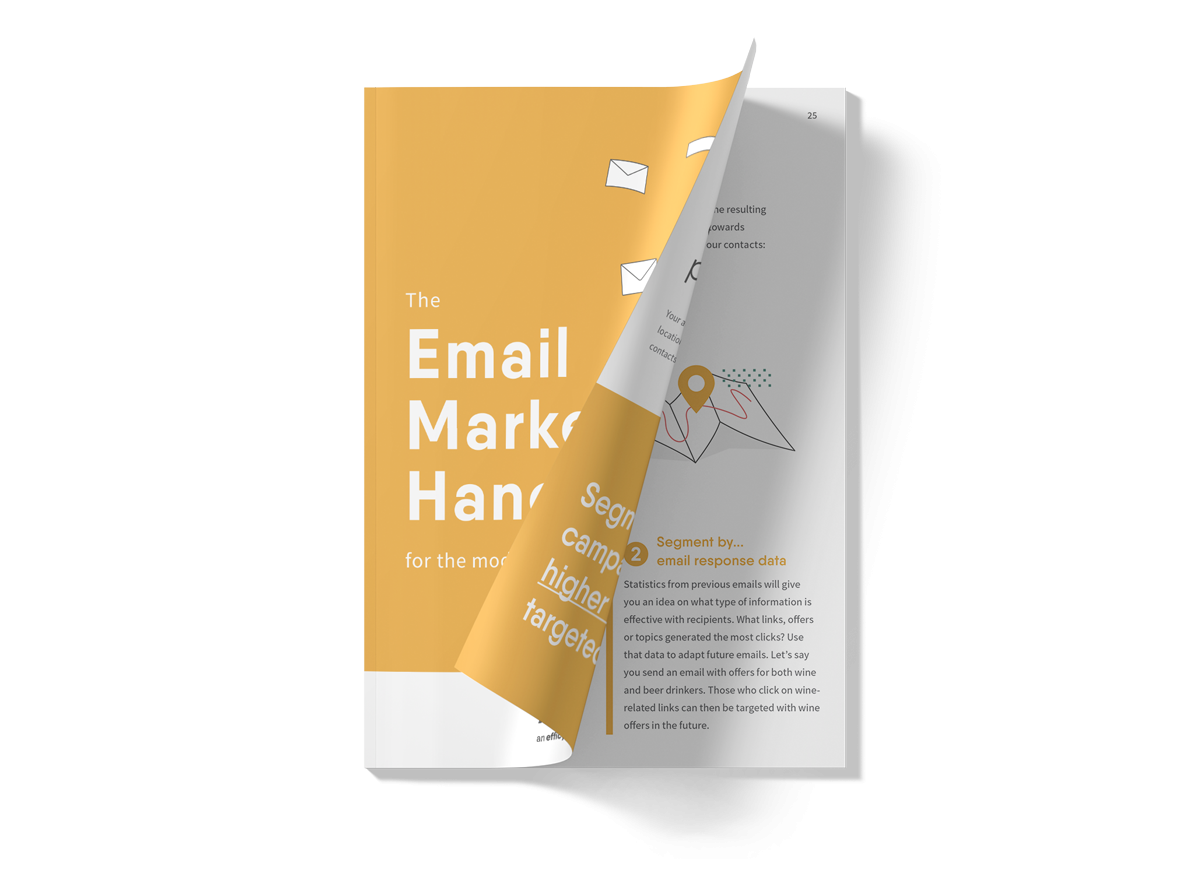A/B Test Your Way to More Subscribers
Email marketing gets a lot of hype, deservedly so, as the ‘lottery’ of marketing tools — where you get to snap up the highest ROI at the least spend. But, it’s not all roses. Low open and conversion rates will effectively take the wind out of the sails of any marketing campaign.
It doesn’t have to be that way, though. Runnning A/B tests when going with new formats or techniques for your email marketing campaigns can be a real game-changer. So, what is A/B testing? And what you stand to gain from incorporating this into your email marketing strategy?
What the heck is A/B testing?
In email marketing, A/B testing simply entails sending two variations of the same email to different sets of subscribers on your email list to measure how these highlighted variations determine the success of your email marketing campaign.
It is a relatively straightforward process used to obtain hard data on such elements as subject lines, mail design or even the time of delivery, among many others. These elements, as inconsequential as they may seem, count greatly towards determining the engagement rates of email marketing campaigns; and with A/B testing, marketers can find out which ones are more likely to produce the highest ROIs.
How do you do it?
There is no one-size-fits-all approach to A/B testing; you can always create a schedule that best suits your purposes. However, it broadly follows the steps outlined below.
Decide on a goal
Even though you might be testing multiple elements, it must all be focused on achieving one single business goal. Some marketers refer to this as ‘formulating a hypothesis’. That could be something like, “using a shorter subject line will increase email open rates.” Then, knowing the exact metrics needed to prove or disprove your hypothesis, you can test efficiently.
Pick the one element to test and create variants
The next step is to select one element to test. Though there might be many variants to test, it’s impossible to extract valuable coherent data without narrowing down to one.
Then, you designate the A and B variants – the control version (the one you already use) and the new variation you’re testing. So, if you were testing for subject lines, you could use one that you’d normally use as control and a shorter line as the B variant. You can also create multiple variations, only that you have to test them one at a time.
There are unlimited examples of elements that can be A/B testing in email marketing. Some of them are;
Subject lines: you can test whether subscribers prefer long or shorter subject lines. The Obama campaign, for example, was able to stir higher-than-expected levels of engagement by experimenting with email subject lines.
Preview text: you can test which format of preview texts is more likely to elicit engagement.
Time of send: It has been proven that responses to marketing emails are well determined by the time of the day they are received. Nobody wants to see some corny email about fundraising, for example, at noon just as they’ve begun to feel tired at work. You can A/B test to determine what time of the day guarantees the highest engagement rate.
Call to action: You can be flexibe with your calls to actions to see which one resonates better and delivers more results. For example you could test how a “See Plans & Pricing” CTA would compare with “Buy Now.”
You can also test for other elements like Personalization, Body text, Headline, Closing text, and Images.
Split your subscribers into groups
This goes without saying, but it’s important to mention that maintaining randomisation in the splitting of your subscribers into equal groups of recipients is vital for the integrity of your results. It’s your best option for eliminating bias to the greatest degree possible.
Send the emails and analyse results
After all the preliminaries have been settled, you can proceed to run the test. You must be careful, to ensure that the emails are sent in the best timeframe for the most reliable results.
Using already existing hard data, determine the time and duration with which you’re likely to get the most engagement, except, of course, time of send is the element that you’re testing for.
Best Practices
When running an A/B test, there are a few things you want to keep at the back of your mind to make the most of your efforts:
- Test early, and test often. You also want to use the tools available to you to carry out your tests.
- You want to rely on cold hard data, as the scientific basis of whatever hypothesis or theory it is you’re testing, rather than your gut feeling. While it might be tempting to rely on your gut instinct, there’s usually a problem with that, which is that you’re not always going be accurate in your prediction.
- Always test simultaneously to reduce the likelihood that time factor plays a role in tampering with your results.
- It’s always best to test only one variable at a time. This way you will get clearer results.
Why you should be A/B Testing
A/B testing provides an avenue like no other for businesses to stay on top of their game. Below, we fully outline four benefits that your business stands to gain by incorporating A/B testing into its email marketing strategy.
Get Bankable information about Subscribers
Personalisation is one of the best things to have happened to marketers in this age. Personalised ads and other marketing methodologies in the space have enabled businesses to unlock never-before-seen levels of profitability.
But for it to work, you require a vital component — hard data. So, probably A/B testing’s biggest edge is that businesses can get data from their audiences to hyper-personalize their marketing strategies for better conversion, all without the ethical and sometimes legal dilemmas of most other methods of data collection.
Enhances open and click-through rates
By providing hard data on what features are more likely to boost subscriber engagement, A/B testing empowers businesses to create email campaigns that are designed to do just that – return the most engagement possible.
Boost customer conversion
Naturally, increased customer engagement translates into an increased sales conversion. The more people open your emails and click through on your links, the more sales that you going to close. It’s. that. Simple.
Find and maintain a competitive advantage
Finally, in a business climate with increasingly tight competition and ever-narrowing competitive advantages, businesses can harness A/B testing to carve out consumer information that leaves competitors eating dust.
A/B Test Your Way to More Subscribers
A/B Testing sounds like a lot of work, but it’s simple as A. B. C. It also remains one of the surest ways to increase the ROI from your e-mail marketing without necessarily making wholesale changes. Think of it as a marketing milestone you must reach if you’re to get more email responses with just the same quantity of web traffic.
On the whole, with the right strategy and tools, businesses can still unlock even more growth and revenue with email marketing. A/B testing represents one of these channels.






